William R. Leo3540173862, 9783540173861
Table of contents :
Instead of title page (cover of 2nd edition)……Page 1
Date-line……Page 2
Preface……Page 3
Contents……Page 5
1. Basic Nuclear Processes in Radioactive Sources……Page 13
1.1 Nuclear Level Diagrams……Page 14
1.2 Alpha Decay……Page 15
1.3 Beta Decay……Page 16
1.5.1 Isomeric States……Page 18
1.7 Internal Conversion……Page 19
1.9.2 Nuclear Reactions……Page 20
1.10 Source Activity Units……Page 21
1.11 The Radioactive Decay Law……Page 22
1.11.1 Fluctuations in Radioactive Decay……Page 23
1.11.2 Radioactive Decay Chains……Page 24
1.11.3 Radioisotope Production by Irradiation……Page 26
2.1 Preliminary Notions and Definitions……Page 29
2.1.1 The Cross Section……Page 30
2.1.2 Interaction Probability in a Distance*. Mean Free Path……Page 31
2.1.3 Surface Density Units……Page 32
2.2 Energy Loss of Heavy Charged Particles by Atomic Collisions……Page 33
2.2.1 Bohr’s Calculation – The Classical Case……Page 34
2.2.2 The Bethe-Bloch Formula……Page 36
2.2.3 Energy Dependence……Page 39
2.2.5 Mass Stopping Power……Page 40
2.2.7 Limitations of the Bethe-Bloch Formula and Other Effects……Page 41
2.2.9 Range……Page 42
2.3 Cherenkov Radiation……Page 45
2.4 Energy Loss of Electrons and Positrons……Page 46
2.4.2 Energy Loss by Radiation: Bremsstrahlung……Page 47
2.4.4 Critical Energy……Page 50
2.4.5 Radiation Length……Page 51
2.5 Multiple Coulomb Scattering……Page 52
2.5.1 Multiple Scattering in the Gaussian Approximation……Page 55
2.5.2 Backscattering of Low-Energy Electrons……Page 57
2.6.1 Thick Absorbers: The Gaussian Limit……Page 58
2.6.3 Thin Absorbers: The Landau and Vavilov Theories……Page 59
2.7 The Interaction of Photons……Page 62
2.7.1 Photoelectric Effect……Page 63
2.7.2 Compton Scattering……Page 64
2.7.3 Pair Production……Page 66
2.7.4 Electron-Photon Showers……Page 68
2.7.5 The Total Absorption Coefficient and Photon Attenuation……Page 69
2.8 The Interaction of Neutrons……Page 70
2.8.1 Slowing Down of Neutrons. Moderation……Page 72
3.1.1 The Roentgen……Page 77
3.1.2 Absorbed Dose……Page 78
3.1.3 Relative Biological Effectiveness (RBE)……Page 79
3.2 Typical Doses from Common Sources in the Environment……Page 80
3.3 Biological Effects……Page 81
3.3.2 Low-Level Doses……Page 82
3.5 Shielding……Page 84
3.6 Radiation Safety in the Nuclear Physics Laboratory……Page 85
4.1 Characteristics of Probability Distributions……Page 87
4.1.3 Distribution Moments. The Mean and Variance……Page 88
4.1.4 The Covariance……Page 89
4.2.1 The Binomial Distribution……Page 90
4.2.2 The Poisson Distribution……Page 91
4.2.3 The Gaussian or Normal Distribution……Page 92
4.2.4 The Chi-Square Distribution……Page 94
4.3.1 Systematic Errors……Page 95
4.3.2 Random Errors……Page 96
4.4.1 Sample Moments……Page 97
4.4.2 The Maximum Likelihood Method……Page 98
4.4.3 Estimator for the Poisson Distribution……Page 99
4.4.4 Estimators for the Gaussian Distribution :……Page 100
4.4.5 The Weighted Mean……Page 102
4.5.2 Combining Data with Different Errors……Page 103
4.5.4 Null Experiments. Setting Confidence Limits When No Counts Are Observed……Page 104
4.6 Propagation of Errors……Page 106
4.6.1 Examples……Page 107
4.7 Curve Fitting……Page 108
4.7.1 The Least Squares Method……Page 109
4.7.2 Linear Fits. The Straight Line……Page 110
4.7.4 Nonlinear Fits……Page 113
4.8 Some General Rules for Rounding-off Numbers for Final Presentation……Page 117
5.1 Sensitivity……Page 119
5.2 Detector Response……Page 120
5.3 Energy Resolution. The Fano Factor……Page 121
5.4 The Response Function……Page 123
5.5 Response Time……Page 124
5.6 Detector Efficiency……Page 125
5.7 Dead Time……Page 126
5.7.1 Measuring Dead Time……Page 128
6.1 Gaseous Ionization Detectors……Page 131
6.2.1 Ionization Mechanisms……Page 134
6.2.2 Mean Number of Electron-Ion Pairs Created……Page 135
6.2.3 Recombination and Electron Attachment……Page 136
6.3.1 Diffusion……Page 137
6.3.2 Drift and Mobility……Page 138
6.4 Avalanche Multiplication……Page 139
6.5.1 Pulse Formation and Shape……Page 141
6.5.2 Choice of Fill Gas……Page 144
6.6.1 Basic Operating Principle……Page 145
6.6.2 Construction……Page 147
6.6.4 Timing Resolution……Page 148
6.6.5 Readout Methods……Page 149
6.6.7 MWPC Efficiency……Page 151
6.7 The Drift Chamber……Page 153
6.7.1 Drift Gases……Page 154
6.8 The Time Projection Chamber (TPC)……Page 155
6.9 Liquid Ionization Detectors……Page 158
7.1 General Characteristics……Page 161
7.2 Organic Scintillators……Page 163
7.2.1 Organic Crystals……Page 166
7.2.2 Organic Liquids……Page 167
7.2.3 Plastics……Page 168
7.3 Inorganic Crystals……Page 169
7.4 Gaseous Scintillators……Page 170
7.6 Light Output Response……Page 171
7.6.1 Linearity……Page 172
7.6.3 Pulse Shape Discrimination (PSD)……Page 175
7.7.1 Heavy Ions……Page 177
7.7.3 Gamma Rays……Page 178
7.7.4 Neutrons……Page 179
8.1 Basic Construction and Operation……Page 181
8.2 The Photocathode……Page 182
8.3 The Electron-Optical Input System……Page 184
8.4 The Electron-Multiplier Section……Page 185
8.4.1 Dynode Configurations……Page 186
8.4.2 Multiplier Response: The Single-Electron Spectrum……Page 188
8.5.1 Gain ~nd Voltage Supply……Page 189
8.5.2 Voltage Dividers ;……Page 190
8.5.3 Electrode Current. Linearity……Page 192
8.5.4 Pulse Shape……Page 193
8.6 Time Response and Resolution……Page 194
8.7.1 Dark Current and Afterpulsing……Page 196
8.7.2 Statistical Noise……Page 197
8.8.1 Exposure to Ambient Light……Page 198
8.8.2 Magnetic Fields……Page 199
8.8.3 Temperature Effects……Page 200
8.9 Gain Stability, Count Rate Shift……Page 201
9.1 Light Collection……Page 203
9.1.1 Reflection……Page 204
9.2 Coupling to the PM……Page 205
9.4 Light Guides……Page 206
9.5 Fluorescent Radiation Converters……Page 208
9.6 Mounting a Scintillation Detector: An Example……Page 209
9.7.1 Testing the Counter……Page 212
9.7.3 The Scintillation Counter Plateau……Page 213
9.7.4 Maintaining PM Gain……Page 217
10.1 Basic Semiconductor Properties……Page 219
10.1.1 Energy Band Structure……Page 220
10.1.3 Intrinsic Charge Carrier Concentration……Page 221
10.1.4 Mobility……Page 222
10.1.5 Recombination and Trapping……Page 223
10.2 Doped Semiconductors……Page 224
10.2.1 Compensation……Page 226
10.3 The np Semiconductor Junction. Depletion Depth……Page 227
10.3.1 The Depletion Depth……Page 228
10.3.3 Reversed Bias Junctions……Page 230
10.4 Detector Characteristics of Semiconductors……Page 231
10.4.1 Average Energy per Electron-Hole Pair……Page 232
10.4.4 Leakage Current……Page 233
10.4.5 Sensitivity and Intrinsic Efficiency……Page 234
10.4.6 Pulse Shape. Rise Time……Page 235
10.5.2 Surface Barrier Detectors (SSB)……Page 237
10.5.3 Ion-Implanted Diodes……Page 238
10.6.1 Continuous and Discrete Detectors……Page 239
10.6.2 Micro-Strip Detectors……Page 241
10.6.3 Novel Position-Sensing Detectors……Page 242
10.7.1 Lithium-Drifted Germanium – Ge(Li)……Page 243
10.7.2 Intrinsic Germanium……Page 244
10.7.3 Gamma Spectroscopy with Germanium Detectors……Page 245
10.8 Other Semiconductor Materials……Page 246
10.9.2 Signal Amplification……Page 247
10.9.4 Radiation Damage……Page 249
10.9.5 Plasma Effects……Page 250
11.1 Pulse Signal Terminology……Page 253
11.2 Analog and Digital Signals……Page 254
11.3 Fast and Slow Signals……Page 256
11.4 The Frequency Domain. Bandwidth……Page 257
12.1 Modules……Page 261
12.3 NIM Logic Signals……Page 262
12.5 Analog Signals……Page 265
13.1 Coaxial Cables……Page 267
13.1.1 Line Constituents……Page 269
13.2 The General Wave Equation for a Coaxial Line……Page 270
13.3 The Ideal Lossless Cable……Page 271
13.4 Reflections……Page 272
13.5 Cable Termination. Impedance Matching……Page 274
13.6 Losses in Coaxial Cables. Pulse Distortion……Page 276
13.6.1 Cable Response. Pulse Distortion……Page 279
14.1 Preamplifiers……Page 281
14.1.1 Resistive vs Optical Feedback……Page 283
14.3 Pulse Shaping Networks in Amplifiers……Page 284
14.3.2 Pole-Zero Cancellation and Baseline Restoration……Page 285
14.3.3 Double Differentiation or CR-RC-CR Shaping……Page 286
14.3.5 Delay Line Shaping……Page 287
14.6 Linear Transmission Gate……Page 288
14.7 Fan-out and Fan-in……Page 289
14.9 Discriminators……Page 290
14.10 Single-Channel Analyzer (Differential Discriminator)……Page 291
14.11 Analog-to-Digital Converters (ADC or A/D)……Page 293
14.12 Multichannel Analyzers……Page 295
14.13 Digital-to-Analog Converters (DAC or D/A)……Page 296
14.16 Ratemeter……Page 298
14.18 Majority Logic Units……Page 299
14.19 Flip-Flops……Page 300
14.22 Some Simple and Handy Circuits for Pulse Manipulation……Page 301
14.22.2 Pulse Splitting……Page 302
14.23.1 Pulse Clipping……Page 303
14.23.2 High-Pass Filter or CR Differentiating Circuit……Page 304
14.23.3 RC Low-Pass Filter or Integrating Circuit……Page 305
15.1 A Simple Counting System……Page 307
15.2 Pulse Height Selection……Page 308
15.2.1 SCA Calibration and Energy Spectrum Measurement……Page 309
15.2.2 A Note on Calibration Sources……Page 310
15.3 Pulse Height Spectroscopy with Multichannel Analyzers……Page 311
15.4 Basic Coincidence Technique……Page 314
15.4.1 Adjusting the Delays. The Coincidence Curve……Page 315
15.4.2 Adjusting Delays with the Oscilloscope……Page 316
15.5 Combining Pulse Height Selection and Coincidence Determination. The Fast-Slow Circuit……Page 317
15.6 Pulse Shape Discrimination……Page 318
16.1 Basic Logic Gates: Symbols……Page 321
16.2 Boolean Laws and Identities……Page 323
16.4 Triggers……Page 325
16.4.2 Two-Body Scattering……Page 326
16.4.3 Measurement of the Muon Lifetime……Page 327
17.1 Walk and Jitter……Page 329
17.2.1 Leading Edge Triggering (LE)……Page 330
17.2.4 Amplitude and Risetime Compensated Triggering (ARC)……Page 331
17.3 Analog Timing Methods……Page 332
17.3.2 Time Overlap TAC’s……Page 333
17.4.1 The Time-to-Digital Converter TDQ……Page 334
17.4.2 The Vernier TDC……Page 335
17.4.3 Calibrating the Timing System……Page 337
18. Computer Controlled Electronics: CAMAC……Page 339
18.1 CAMAC Systems……Page 340
18.3 The CAMAC Dataway……Page 342
18.3.5 Address Signals……Page 345
18.3.7 Pin Allocations……Page 346
18.4 Dataway Operations……Page 347
18.4.1 Dataway Timing……Page 348
18.4.2 Block Transfers……Page 350
18.5 Multi-Crate Systems – The Branch Highway……Page 352
18.6 CAMACSoftware……Page 353
A.1.1 Bandwidth and Risetime……Page 357
A.2.2 Vertical and Horizontal Sensitivity……Page 358
A.2.4 Display Modes……Page 359
A.3.2 Comparison of Signals……Page 360
B. Physical and Numerical Constants……Page 361
C. Resistor Color Code……Page 362
References……Page 363
Subject Index……Page 373
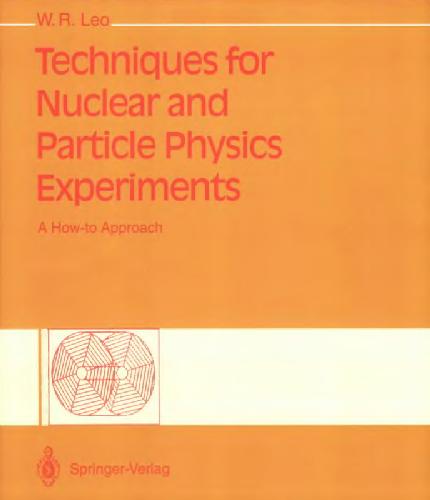
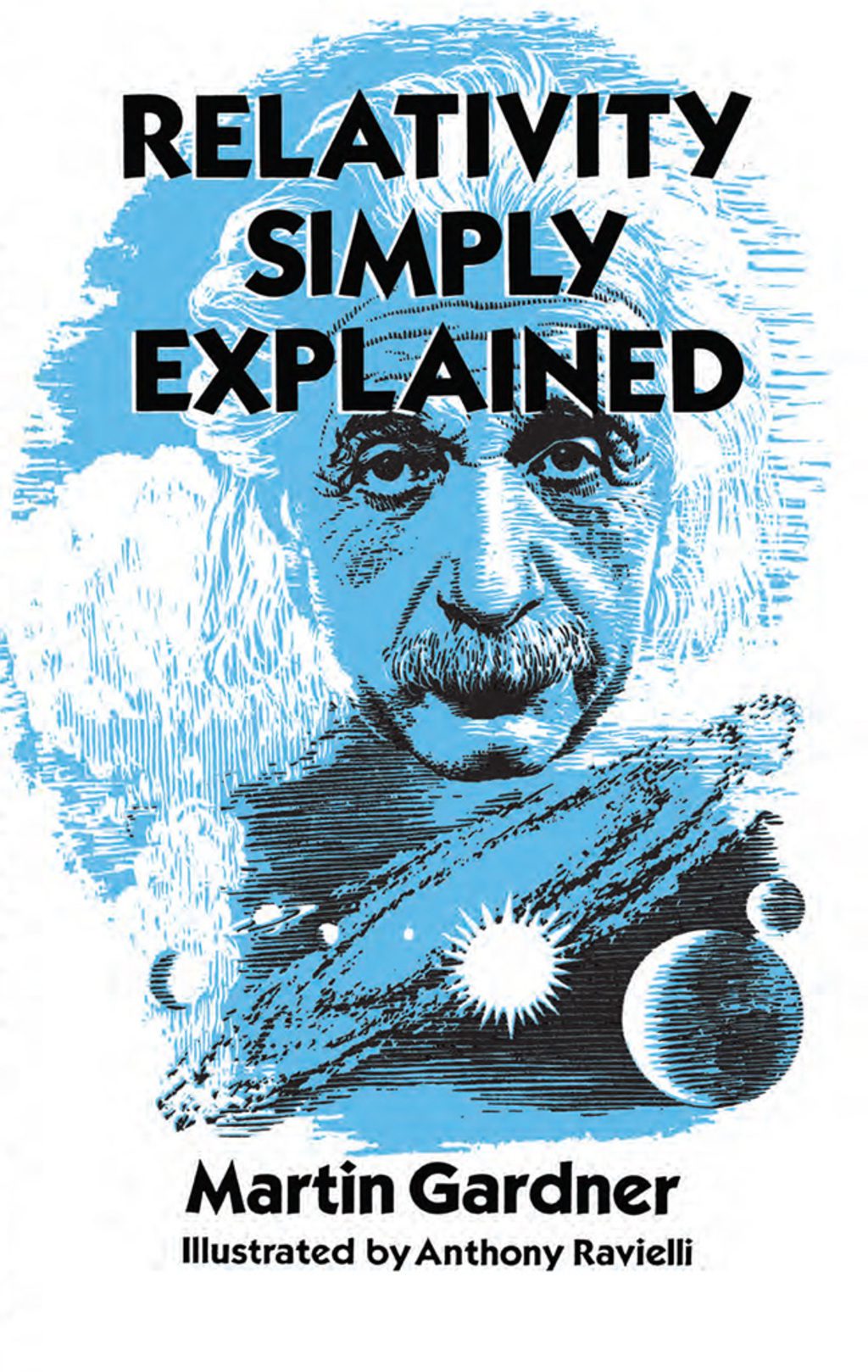
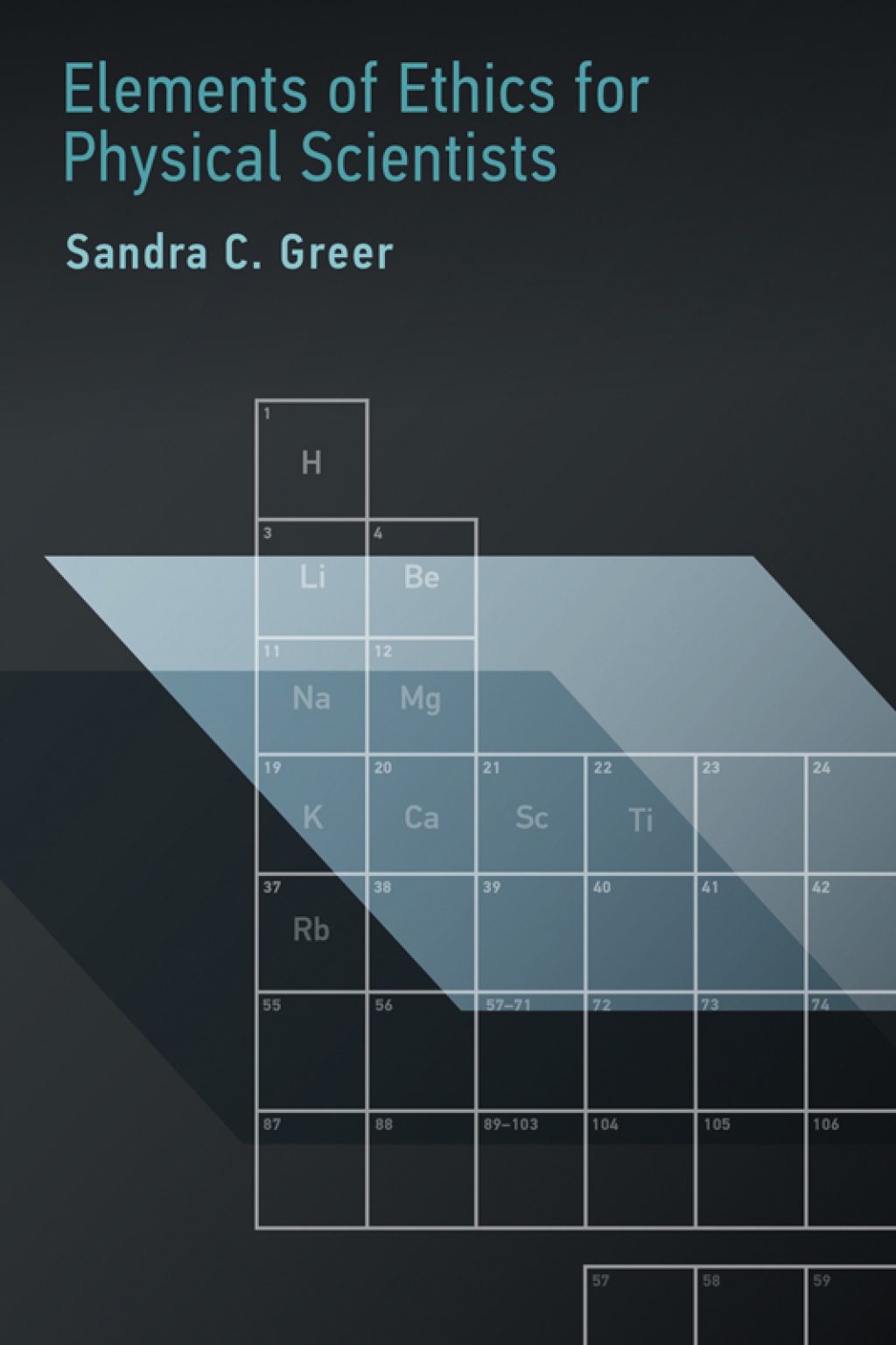
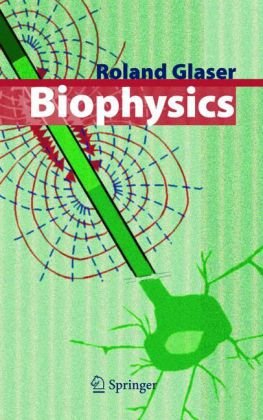
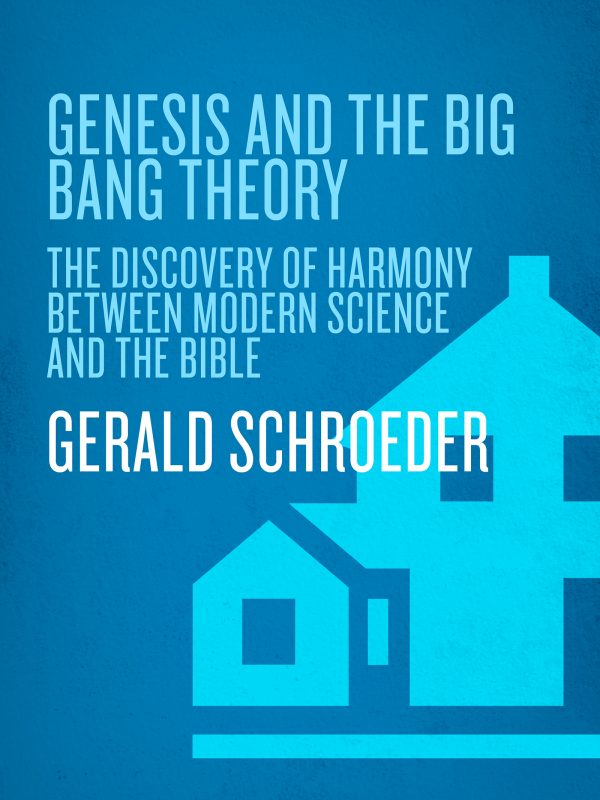
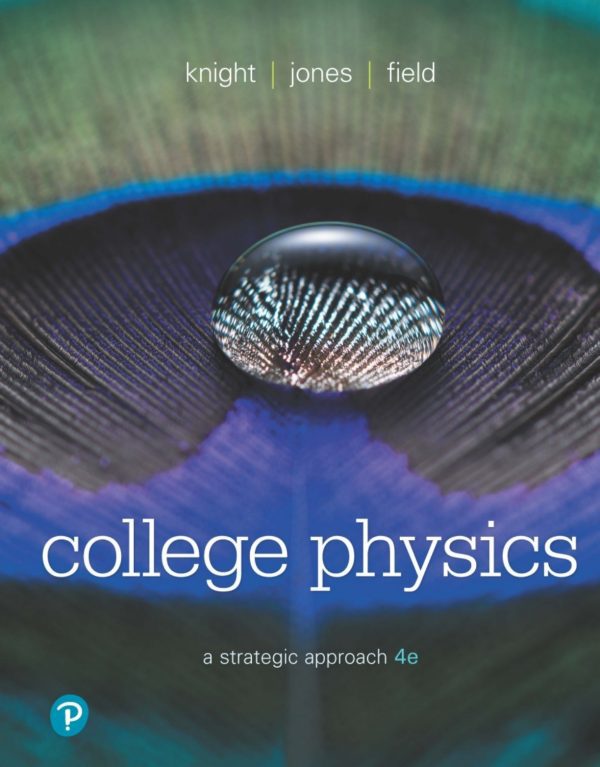
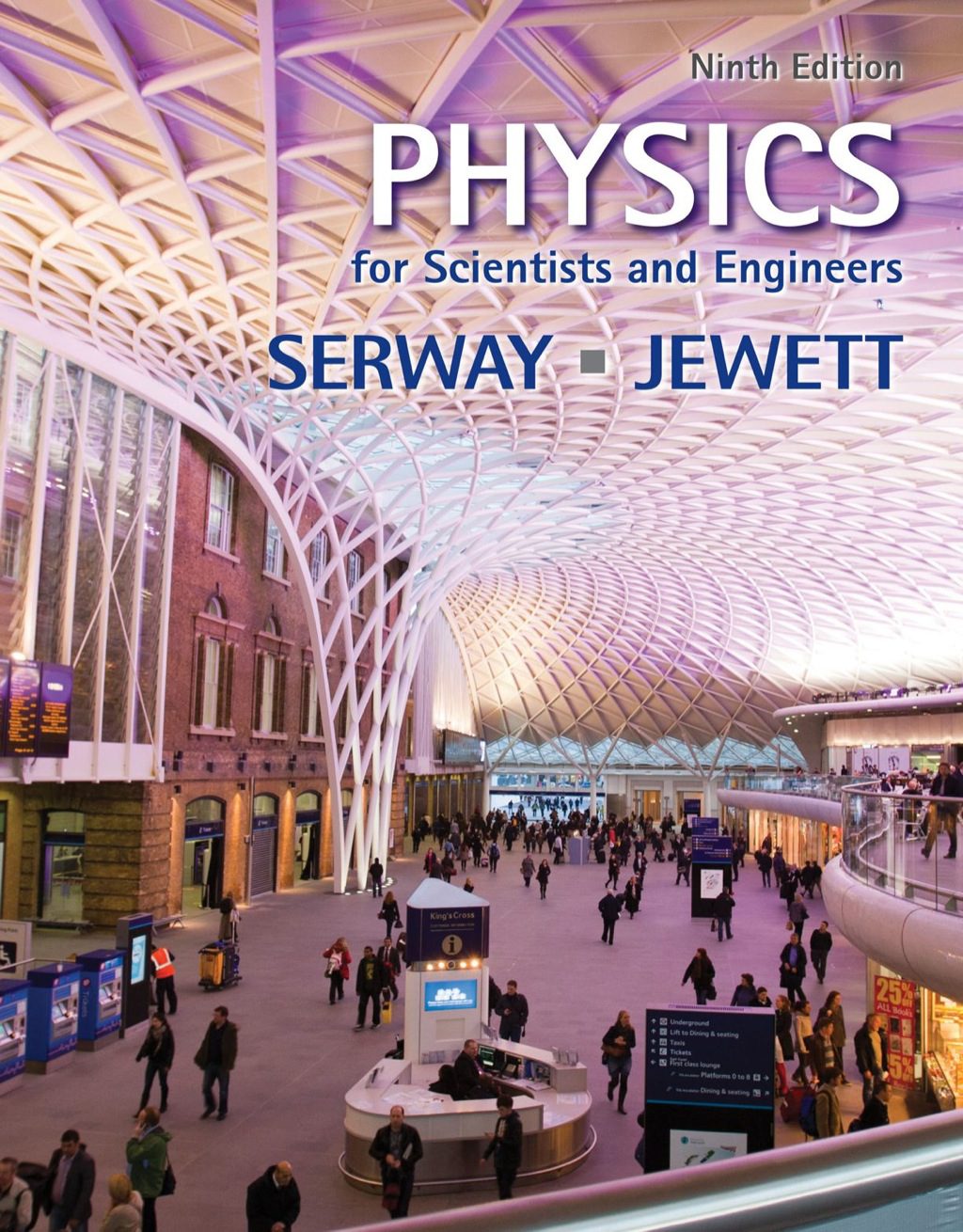
Reviews
There are no reviews yet.